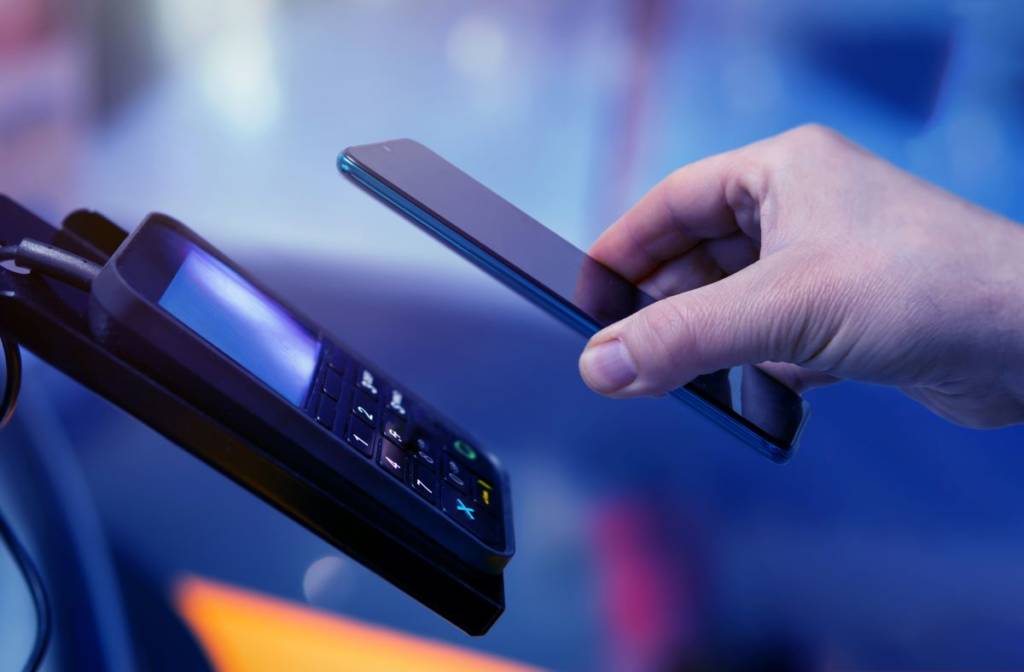Wikipedia defines the purchase funnel as “a consumer-focused marketing model, which illustrates the theoretical customer journey toward the purchase of a product or service.” Once at the purchase stage, the merchant needs to convert that customer. Wikipedia defines the conversion funnel as “a technical term used in e-commerce operations to describe the track a consumer takes through an internet ad or search system, navigating an e-commerce website and finally converting to a sale.” However, Wikipedia doesn’t say much more beyond loosely defining those terms.
Getting that conversion funnel right and understanding its performance is invaluable to eCommerce merchants. Competing with others is more than just a factor of product and price.
According to IMRG, as an industry average, 57 percent of customers placing a product in their eCommerce basket move to the checkout process. Of those, 58 percent complete the payment successfully. So, of those customers who have seemingly made a decision to buy rather than just browse, only about a third become paying customers. Just imagine a physical store, where two thirds of customers drop their basket and walk out of the store. Retailers wouldn’t accept it, but they do in the eCommerce world.
The checkout process and the stages in it are largely a design choice for merchants to make. Simplicity is often best.
- Should the delivery charge be clearly stated up front or added to the total somehow through the checkout process? Keep in mind customers will look for other merchants that don’t add delivery charges.
- Should a voucher code box appear on the page? It’s sure to drive customers away in search of money-saving vouchers and they may not come back particularly if disappointed in that search. Wouldn’t it be better to just reduce the advertised price rather than send customers on a wild goose chase?
- Should customers be forced to register or can they just check out as “guests”? For one-off shoppers, the registration process adds more clicks and more time to the process.
- Should retailers offer something else to add to what the customer has already decided to buy? It’s a great opportunity for additional sales, but not if it makes the customer think twice about the purchase.
Merchants frequently talk about the utopia of a frictionless payments process – but then they introduce many of these friction-generating side tracks to what otherwise might be a quick checkout process. There’s a cost-benefit analysis to be considered. Many of these side tracks may have some benefits, but at what cost of lost sales?
Merchants need to have their shoppers focused on purchase conversion; getting them through the neck of that funnel as quickly as possible.
Even after these potential distractions from customer conversion, there’s the payment itself to fulfill. One benefit of the registration side track is that returning customers may be able to confirm their payment from card-on-file quickly. For others, the payment method needs to be selected, the details entered and, in some cases, the authentication process needs to be performed, which means remembering a password or reaching for the mobile. It’s easy to assume that this process is all about card authorization, but alternate payment methods (PayPal, Klarna, Skrill, Pay-by-Bank…) are now well entrenched in eCommerce and growing.
It’s essential that merchants use payment service providers that can offer the payment methods demanded by their customers. The more geographies and demographics that a merchant covers, the more challenging that can become. Failure to offer a customer’s preferred payment method and even failure to make it immediately apparent that the payment method is available will again lead to customers going elsewhere. And, don’t let the payments page redirect to another differently-branded site or jump out for issuer authentication – that’s more lost customers.
With secure customer authentication (SCA) on the horizon, that conversion funnel is likely to be subject to further disruption and increased basket abandonment. It makes the need for careful page design and flow all the more important for eCommerce checkout.
All of these opportunities to drop out of that conversion funnel add up. That’s why only one-third of committed buyers become converted customers.
Achieving high success rates of conversion once the customer has made a buy decision is not luck and it is predictable. Merchants can analyze the point at which customers drop out, how long each step takes, which side tracks lead to a dead end and which payment methods provide the best approval rates and the fastest response times. It’s essential that this analysis be performed to streamline that funnel.
Sir Dave Brailsford, the former performance director of British Cycling, adopted the doctrine of marginal gains to great success. The same doctrine has since been applied to other areas of business and lifestyle in pursuit of improved achievement. The same can also be applied to the eCommerce checkout process. Reducing basket abandonment rates at every stage will ultimately result in more customers getting through that conversion funnel. Each stage may only need to be improved by a small margin to collectively have a large impact on the merchant’s bottom line.
Visit our Strong Customer Authentication center for dedicated, industry-specific resources.



